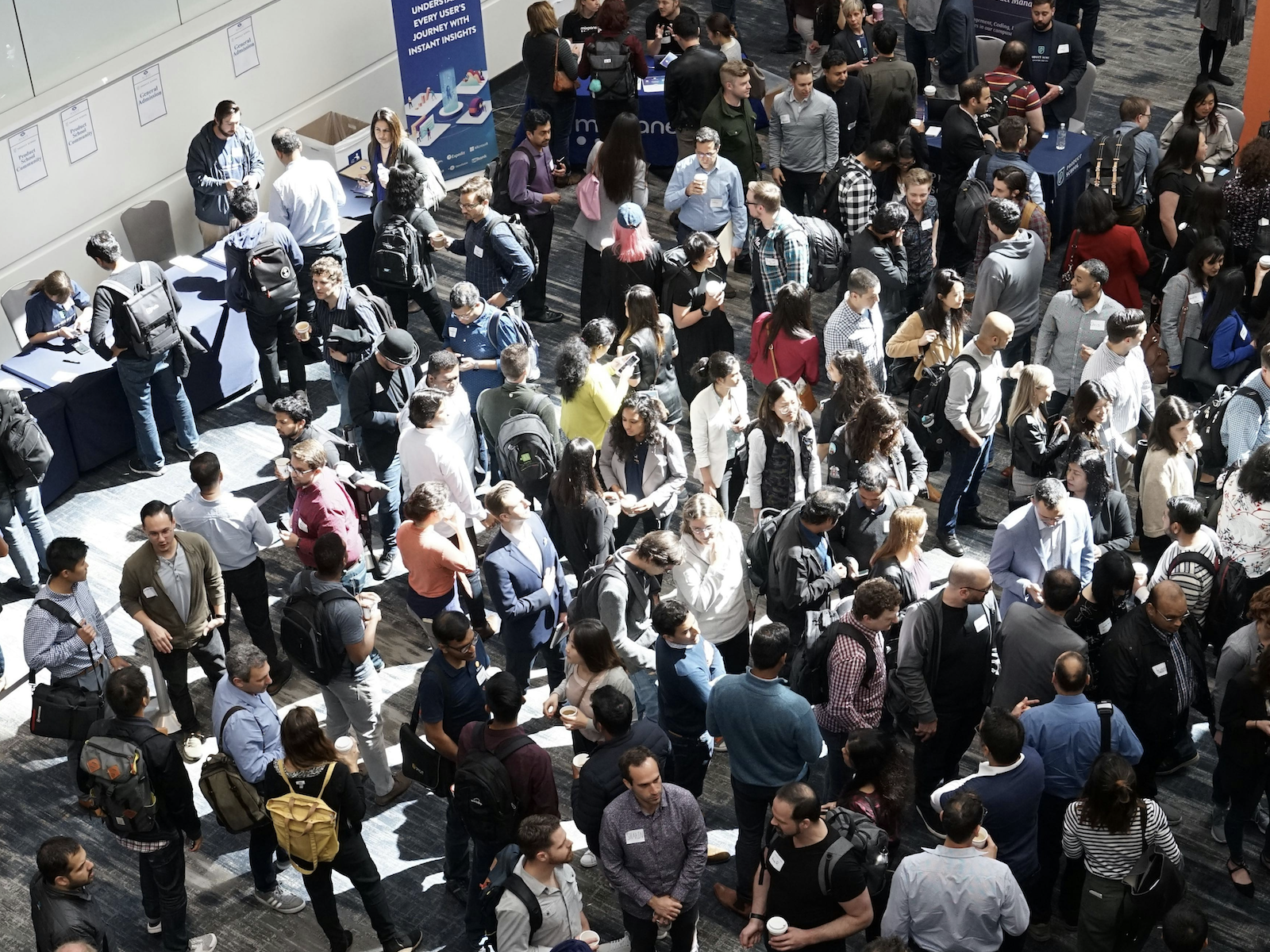The One Feature That Could Transform How Hiring Managers Interview
The future of hiring tech may not be about optimizing candidates... but empowering the people asking the questions.

Include a personal profile or introduction statement at the top of your resume
Fermentum quis tincidunt nunc dui egestas. Vel fringilla odio amet sed dignissim purus id aliquam commodo egestas parturient viverra tincidunt viverra condimentum adipiscing consectetur placerat odio justo neque neque. Tristique adipiscing purus platea quis blandit sollicitudin tortor magna vulputate condimentum nullam lorem pharetra lorem et urna.
- Erat scelerisque eu dui diam varius in proin sit elementum amet vitae et.
- Enim elementum bibendum habitasse mauris at amet aliquet morbi risus.
- Ipsum ultrices sit massa amet nulla lobortis justo pharetra metus mattis felis.
- Tempor sollicitudin et maecenas aliquam turpis suspendisse non eget.
Add an infographic element that displays your best traits and accomplishments
Fermentum quis tincidunt nunc dui egestas. Vel fringilla odio amet sed dignissim purus id aliquam commodo egestas parturient viverra tincidunt viverra condimentum adipiscing consectetur placerat odio justo neque neque. Tristique adipiscing purus platea quis blandit sollicitudin tortor magna vulputate condimentum nullam lorem.

Use headings and subheadings throughout your resume to highlight key sections and make the information easier to read
At montes at ut arcu ut faucibus tempor pretium. In lobortis id nisi cursus massa vel volutpat mauris. Turpis vitae mi nibh gravida id adipiscing. Convallis turpis pellentesque bibendum velit facilisi. Quam vitae lacus nullam lorem adipiscing suspendisse quis tortor aenean. Massa ipsum accumsan arcu.
- Feugiat in feugiat egestas scelerisque eget phasellus ipsum imperdiet.
- Convallis nulla id quis suspendisse enim molestie sed feugiat neque egestas.
- Natoque in massa mi quis. Mi amet sed curabitur in urna venenatis sem.
- Id viverra sed pellentesque rhoncus eu gravida suscipit et vulputate.
Utilize space by using bullet points to outline skills and job qualifications
At montes at ut arcu ut faucibus tempor pretium. In lobortis id nisi cursus massa vel volutpat mauris. Turpis vitae mi nibh gravida id adipiscing. Convallis turpis pellentesque bibendum velit facilisi. Quam vitae lacus nullam lorem adipiscing suspendisse quis tortor aenean. Massa ipsum accumsan arcu.
“Nec nunc morbi dolor volutpat a ullamcorper fusce gravida condimentum sit turpis nunc est vitae ornare augue odio nec varius sed”
Incorporate visuals and images such as graphs and charts
At montes at ut arcu ut faucibus tempor pretium. In lobortis id nisi cursus massa vel volutpat mauris. Turpis vitae mi nibh gravida id adipiscing. Convallis turpis pellentesque bibendum velit facilisi. Quam vitae lacus nullam lorem adipiscing suspendisse quis tortor aenean. Massa ipsum accumsan arcu.



